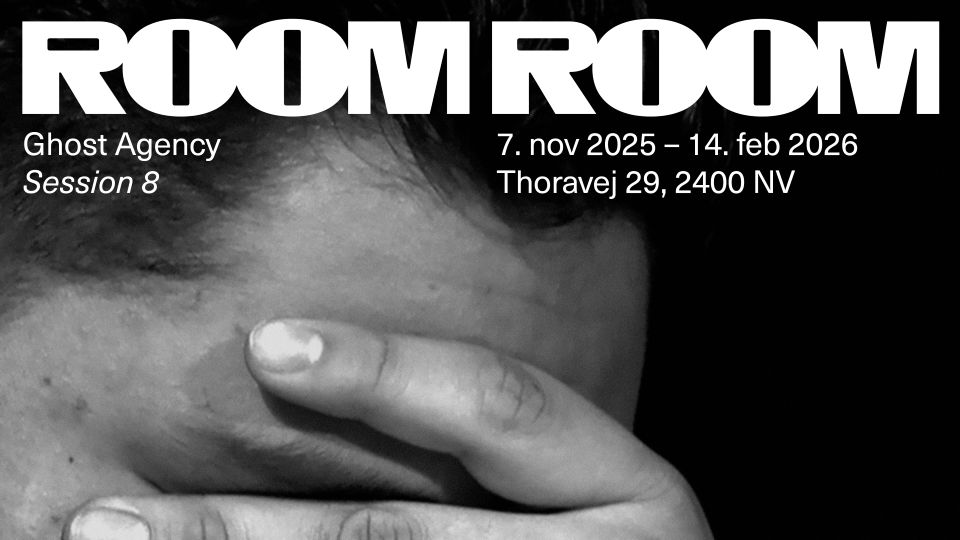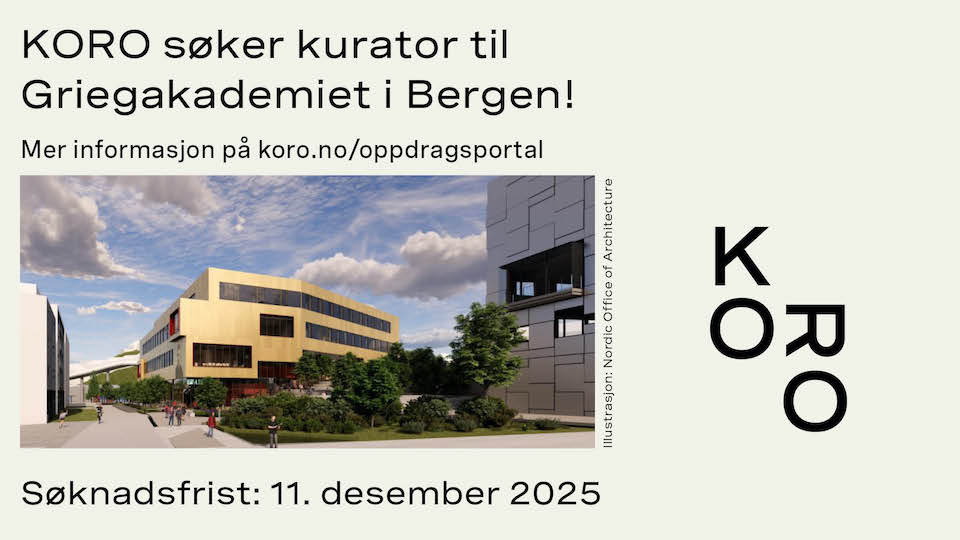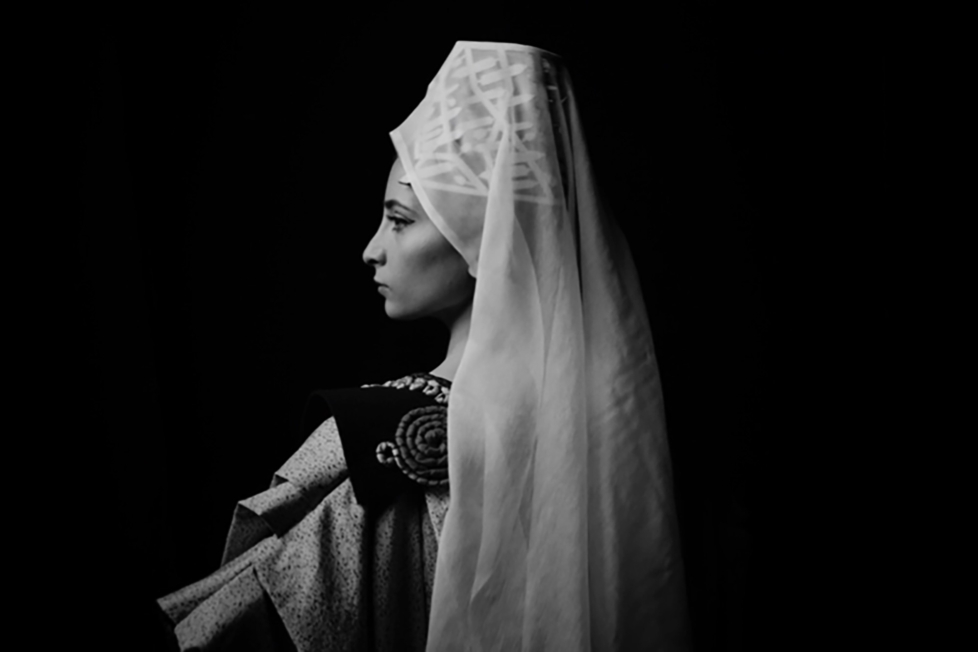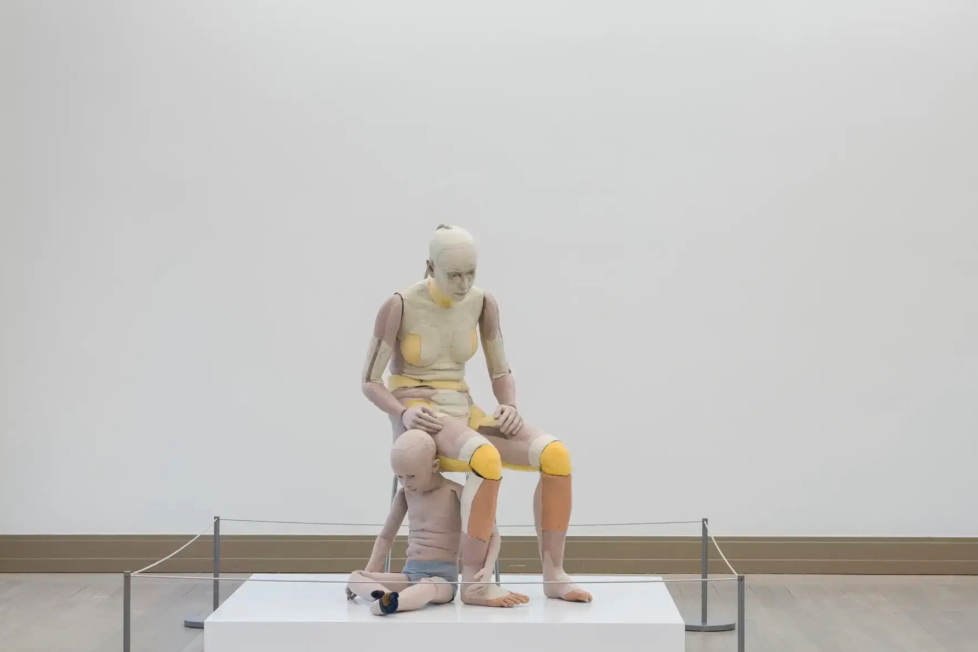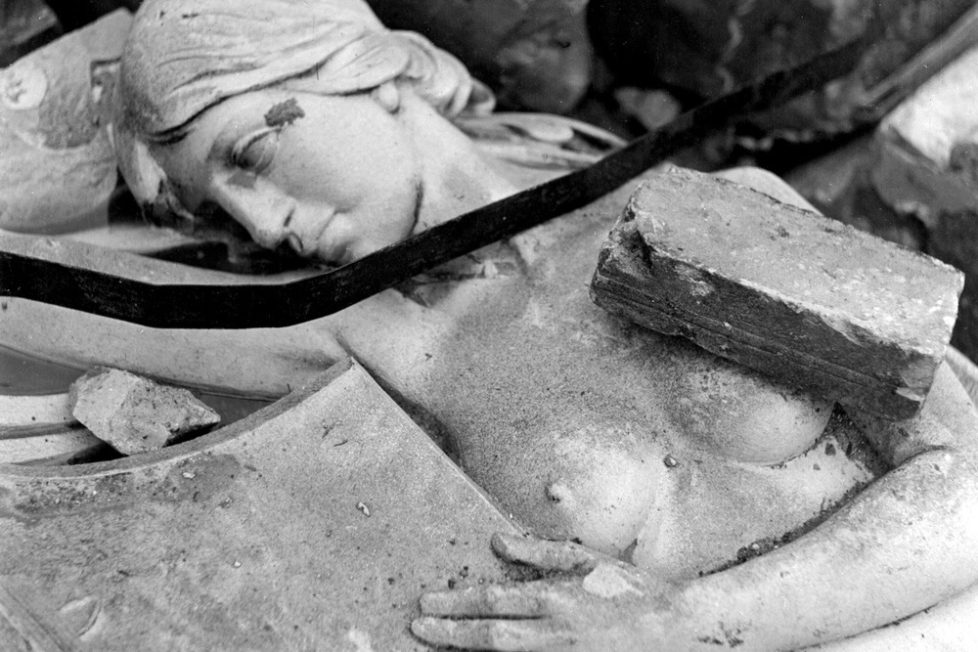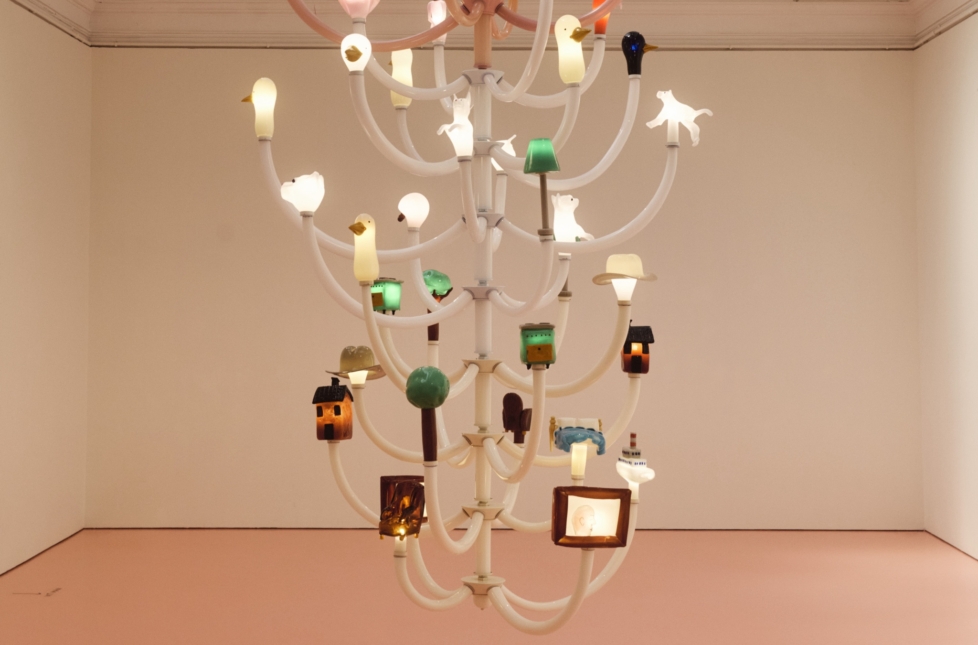
I am alone in Henrik Olesen’s exhibition Hey Panopticon! Hey Asymmetry! when I arrive at the Schinkel Pavilion slightly too early for the opening on Friday night. A row of square boxes are hanging on a wall directly in front of the entrance, one of them held up by a ladder further helped by a pile of artists’ monographs. The rest of the display considered, I don’t think twice about this frail composition. Two crates are flat on the floor like rafts for an assemblage of tetra-pak (a milk carton stands out), and next to them is a cardboard box with a xerox-copied image of a naked man getting spanked, a motif that reoccurs throughout the exhibition. Several hours later I’m in the same spot, more or less mystified. In the meantime, an employee of the space has carefully and apologetically removed the ladder, and the party has properly begun, when a friend joins me. Inspecting the glue protruding from the joints of the perspex plates, her fresh eyes ask the question: “Does it have to be so shabby?”
In a way, yes. Looked at in isolation, the work does lack a certain counterpoint to its messiness, but Hey Panopticon! Hey Asymmetry! is not after internal balance, but is rather a confrontation with the harmony of the room around it, or in other words; an effort forge a different kind of balance inside an extremist order. The Schinkel Pavilion, named in homage to the father of German neo-classicism, Karl Friedrich Schinkel (1781-1841), is an octagon glass structure in a grand, bordering on kitsch GDR-style.

Every artist that exhibits here is faced with the task of dealing with the particular stringency of this building. Oliver Laric, whose 3D-printed statues, shown in 2017, possess a similar kind of self-consciously inherited elegance, was almost able to match it, though to a degree that the works nearly disappeared under the glow of the chandelier. This summer, the opulent surroundings seemed suddenly strangely feeble in the company of Louise Bourgeois’ at once abject and monumental pieces. Olesen’s bid is more in line with Jason Dodge, who, back in 2016, covered the stone floor in a sea of rubbish.
The panopticon of the exhibition’s title refers to Jeremy Bentham’s circular prison of the 18th century, from the centre of which the largest possible amount of subjects may be surveilled by a single, invisible observer. The concept has since been elaborated in theory of Michel Foucault to become a metaphor for the governing techniques of liberalism, more generally. Foucault makes this argument in his work Discipline and Punish: The Birth of the Prison (1975), a photocopy of the cover of which is scattered like stickers on light posts across the installation. It is easy enough to see that the title’s attending “Hey!” serves to challenge the presumed power dynamics of the panopticon – the gaze, in this case, is reciprocal – in the same way as the rigour of the building is destabilised by the the tilted crates, and the overall laissez-faire materiality.
As such, Olesen’s exhibition corresponds well to the Simon Denny-curated group show that opened on the same day on Schinkel Pavilion’s lower-ground floor. Proof of Work looks at the crypto-currency and block-chain phenomena as attempts to shoot holes through the internet as precisely panopticon: an immense user-driven surveillance apparatus owned by private corporations. One marked difference is, however, that the governing principle of Denny’s exhibition is absolute transparency. It is introduced by a diagram that shows which agents have participated in the planning of the project, and Denny is on the spot an hour before the opening to explain his efforts to decentralise how own curatorial role.

I am not looking for an explanation, necessarily, but in this context, Olesen’s works come across as almost wilful in their reticence. The point, of course, is that the deviance from normativity embodied by the art should not be available for classification and commodification by the hegemonic gaze. That is, just as in Denny’s hacked internet, where users are not monitored as consumers, Olesen’s is an argument for identity as a private matter, and for the freedom found in evading the categorisation of language. But an implicit outcome is also the offhand chic synonymous with the French post-structuralism Olesen so regularly employs, and which since its inception has undeniably come to constitute its own kind of elevated semantics.
More so than politics, the appeal lies in its aesthetics, its literary style, and, not least, lifestyle. Thinkers such as Foucault, Deleuze and Baudrillard are as sexy as they are mysterious, and their eternally cool ambiguity has become precisely a form of intellectual cult-object: that little black Semiotext(e) book in the back pocket of a tight pair of leather trousers. And similarly, Olesen’s work is poetic, humorous and subtle in its dance with the space, and suave play on the erotic tension innate to the discursive field around power, discipline and performativity. It is still a strong look, but at this point also a pretty classic one. A large plexiglass “M” is among the highlights of the exhibition. “It stands for Master,” one of the invigilators tells me, “the slave is the box, there on the floor.”
And that really is funny. I am a big fan of Olesen’s sense of humour. But without the alternative history itself, the real content sometimes found in Olesen’s work, the theory risks becoming a hollow ornament, the shabbiness an imprecise gesture, and the overall impression so casual an affront to meaning it barely reaches beyond itself. Most days I had happily jumped on that bandwagon, but today I feel like asking for something more. We are used to applying a certain measure of suspicion to beauty. Art is not allowed to be just beautiful. But Hey Panopticon! Hey Asymmetry! makes me wonder whether shabbiness is due for a similar adage. What is this anxiety that hides behind its armour of nonchalance? What is it, precisely, for a hypothetical enemy the exhibition is protecting itself against, and can we expect to run into it at a Schinkel Pavilion vernissage?




